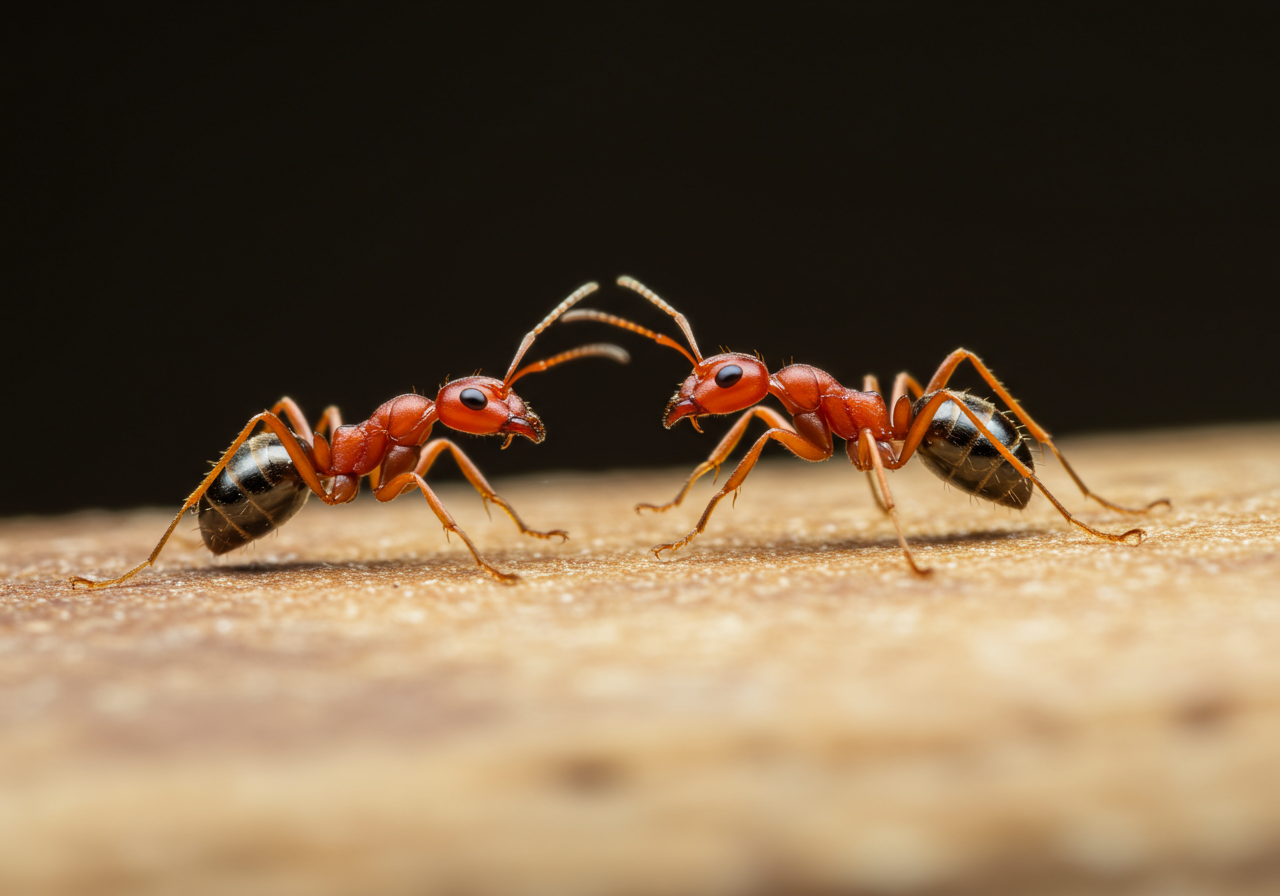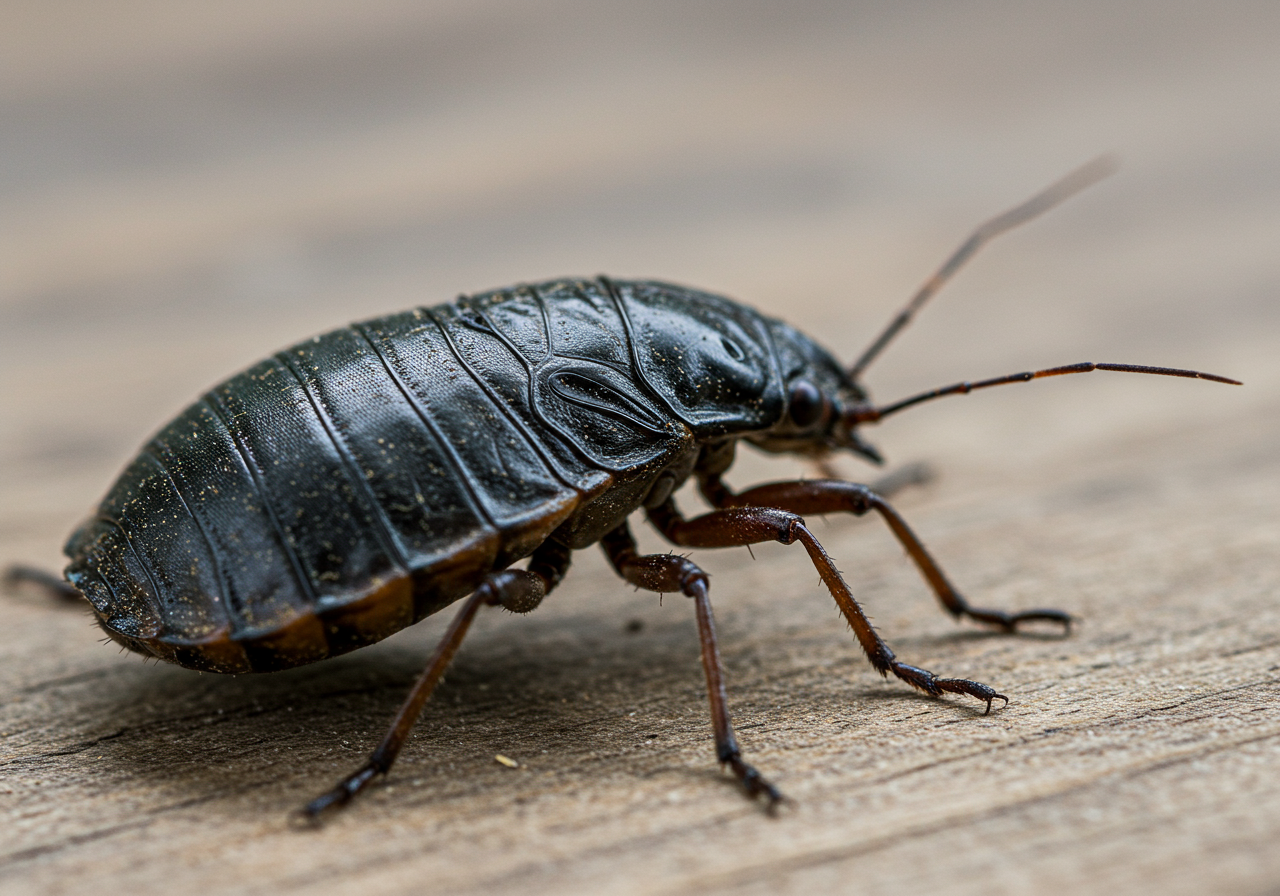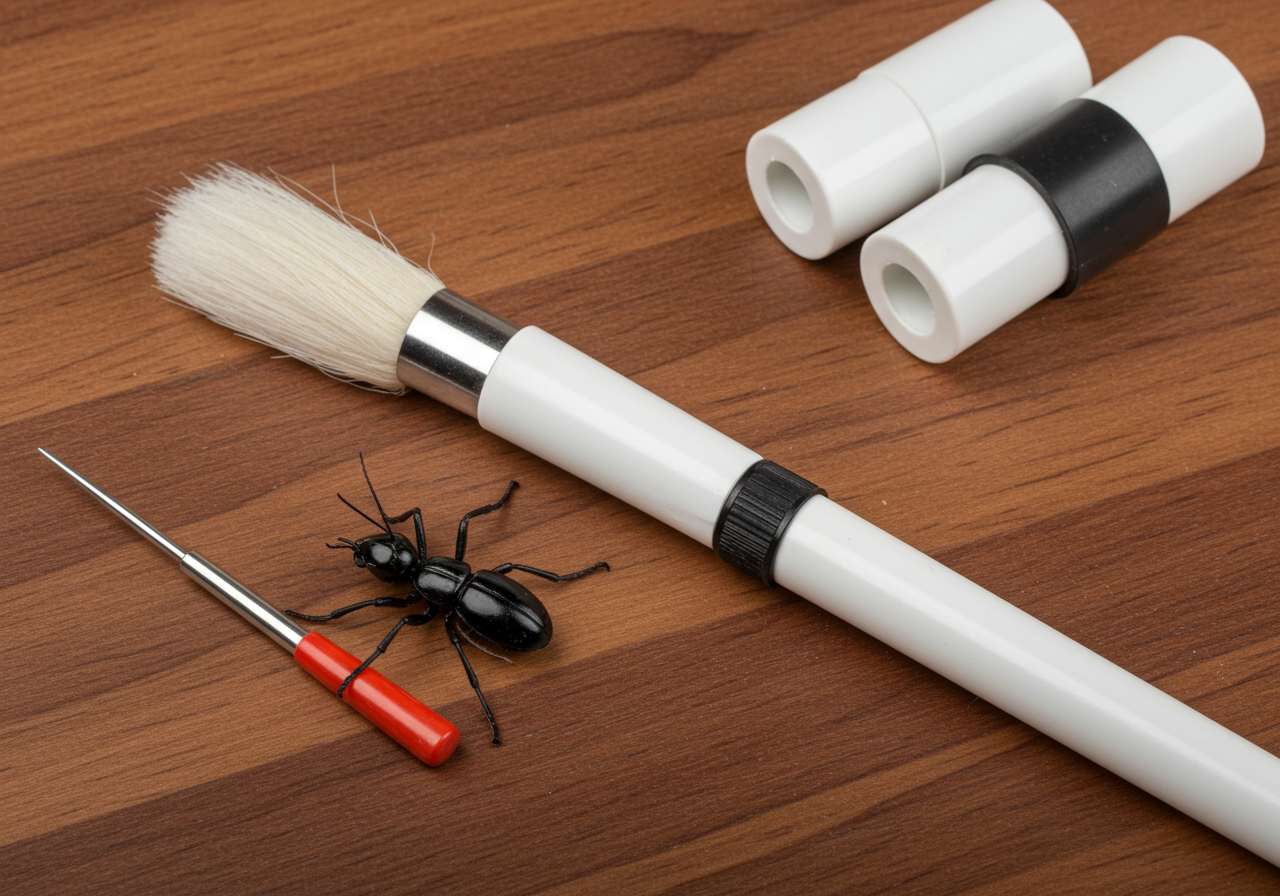
Flying Ants or Termites? Unraveling the Mystery in Your Home
Seeing winged insects swarming your home can be confusing – are they just flying ants or something more concerning like termites? Don't panic! Our guide helps you quickly tell the difference, understand what these swarms mean, and why they appear. Learn how to protect your property and discover when it's time to call the trusted experts at Resolve Pest Management for effective pest control solutions. Get the answers you need to safeguard your home!
What Are These Flying Bugs? Flying Ants or Termites – And Why It Matters for Your Home
You're enjoying a quiet day at home when suddenly, you spot them: little bugs with wings, flying around your window sills or emerging from a crack in your wall. "Flying ants!" you might think. But hold on – are they actually ants? Or could they be something far more concerning, like termites? This common confusion can lead to big problems if not addressed correctly. Let's clear up the mystery and help you protect your home.
The Mystery of the Winged Invaders
When you see winged insects, especially indoors, it's usually a sign that a new colony is forming, or an existing one is expanding. Both ants and termites produce "swarmers" – winged reproductive individuals whose job is to fly out, mate, and start new colonies. This swarming often happens during warmer, more humid times of the year, which is why many homeowners in places like New Jersey notice them in the spring and summer.
Flying Ants vs. Termite Swarmers: The Key Differences
While they both have wings and can appear at similar times, knowing the subtle differences between flying ants and termite swarmers is crucial. Misidentifying them can mean the difference between a minor nuisance and a major home repair bill.
Here’s how to tell them apart:
- Antennae:
- Ants: Have "elbowed" or bent antennae, like a small elbow.
- Termites: Have straight antennae that look like a string of tiny beads.
- Waist:
- Ants: Have a very distinct, pinched waist, making their body look like three separate parts.
- Termites: Have a broad, straight waist, making their body look like one continuous piece.
- Wings:
- Ants: Have two sets of wings. The front pair is noticeably larger than the back pair. They are also tougher and don't shed easily.
- Termites: Have two sets of wings that are roughly equal in size and shape. Their wings are often delicate and shed very easily, so you might find discarded wings near where they're swarming.
- Color and Size:
- Ants: Can vary widely in color and size depending on the species (e.g., carpenter ants are larger and black, pavement ants are smaller and dark brown).
- Termites: Swarmers are typically dark brown or black and range from about 1/4 to 3/8 of an inch long.
Why Does Identification Matter So Much?
Here's the critical point: Ants are a nuisance pest, but termites are a destructive pest.
- Ants: While annoying and capable of contaminating food, flying ants don't usually cause structural damage to your home. They're often looking for new places to nest or food sources. Ants are the #1 nuisance pest in the United States, so seeing them indoors is a common alert for homeowners.
- Termites: These silent destroyers feed on wood and can cause extensive, costly damage to the structure of your home over time. Seeing termite swarmers is a strong indicator that you have an active termite colony somewhere in or near your house. Termites cause an estimated $5 billion in property damage annually in the U.S., often uninsured.
If you see discarded wings, especially near windows or doorframes, that's a huge red flag for termites. They shed their wings after their mating flight, and finding these tiny, translucent remnants is a strong sign of their presence.
What to Do If You See Flying Bugs
Don't panic, but do act quickly, especially if you suspect termites.
- Don't Disturb Them Too Much: If they are termites, disturbing them can make it harder for a professional to assess the full extent of the problem.
- Take Pictures: Get clear photos of the insects, especially showing their wings, antennae, and body shape.
- Collect Samples (if possible): If you can, carefully collect a few specimens (dead or alive) in a small baggie or container. This will greatly help a pest control expert with identification.
- Call a Professional: This is the most important step. A trained pest control technician can accurately identify the pest and determine the best course of action.
Resolve Your Pest Problems with Resolve Pest Management
When you're faced with flying bugs, you need a local expert you can trust to get to the bottom of it. That's where Resolve Pest Management comes in. Based right here in Bayville, NJ, we understand the specific pest challenges faced by homeowners in our community.
Whether you're dealing with an army of ants or the more serious threat of termites, our team is equipped with the knowledge and tools to provide effective solutions. Our Ant Control services address a wide range of ant species, ensuring your home is free from these common invaders. If the problem turns out to be termites, our specialized Termite Control methods are designed to eliminate colonies and protect your property from further structural harm.
We pride ourselves on our S.T.I.N.G. promise – Service, Trust, Initiative, Nurture, and Grit – which means we deliver reliable results with family- and pet-friendly solutions. We even offer 24-Hour Emergency Pest Control for urgent situations, because some problems can't wait.
Serving Your Community in New Jersey
Resolve Pest Management is proud to protect homes and businesses throughout Ocean County and Monmouth County, New Jersey. So, whether you're in Toms River, Brick, Lakewood, Jackson, Bayville, Manahawkin, or Forked River in Ocean County, or in Middletown, Howell, Manalapan, Freehold, or Long Branch in Monmouth County, you can count on us.
Don't Guess, Get It Resolved!
Seeing flying insects can be unsettling, but with the right information and professional help, you can tackle the problem head-on. Don't take chances when it comes to the health and safety of your home. If you're wondering, "What are these flying ants (or termites)?", the safest bet is to call the experts.
Contact Resolve Pest Management today at (732) 527-5770 or email us at Office@resolvepestmanagement.com for a thorough inspection and peace of mind. Let us help you keep your home pest-free!
More Blogs
Some other blogs you might be interested in



